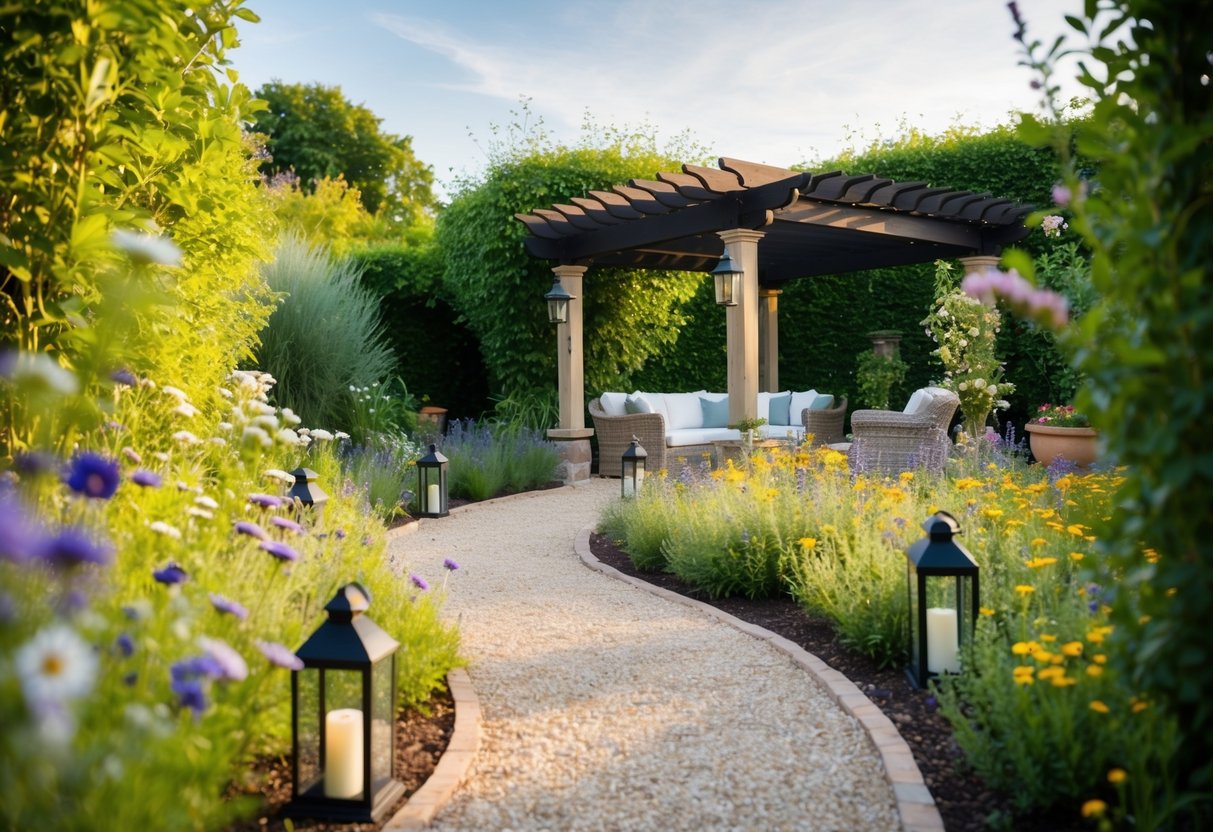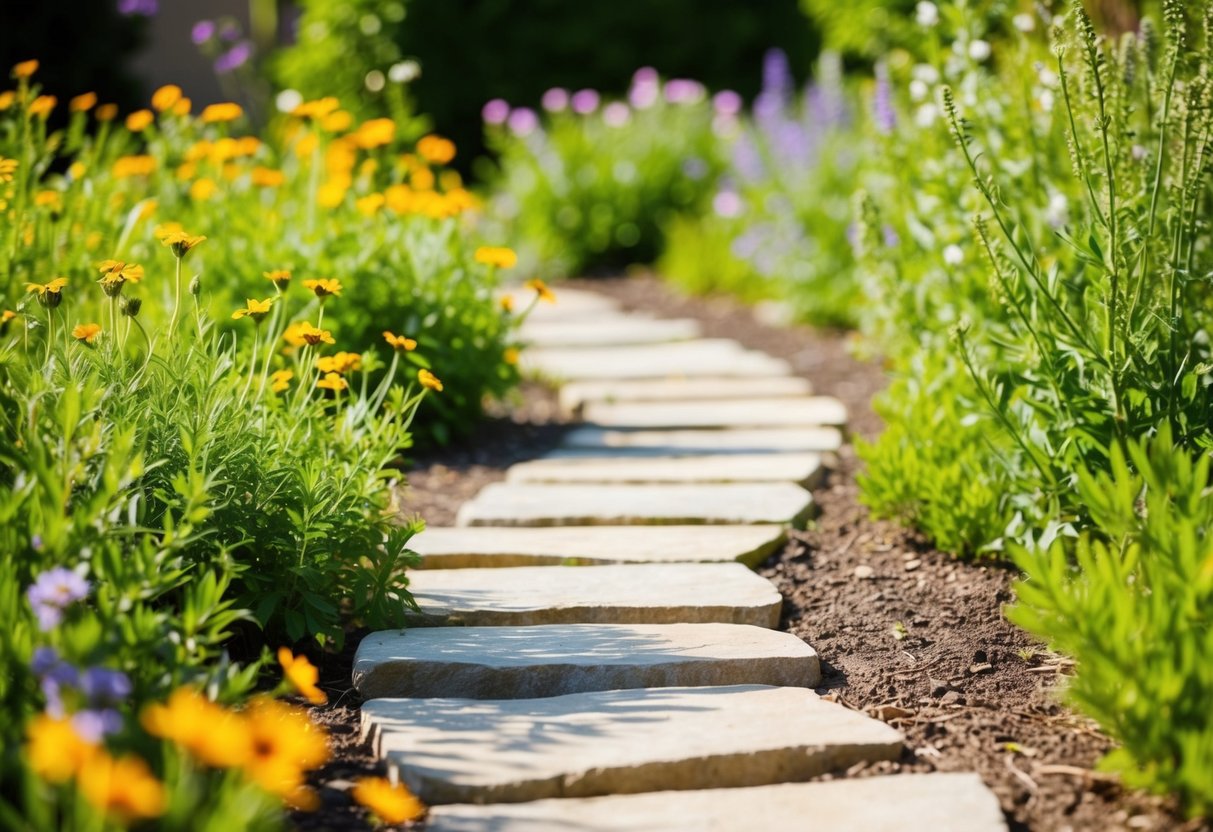
Natural Stone Options
Natural stone offers a timeless look for garden paths. Options like flagstone and slate serve as popular choices due to their durability and variety of colors. They provide an elegant appearance that blends well with natural surroundings. While stones such as granite and limestone offer excellent longevity, they require proper installation to ensure stability and prevent uneven surfaces.
Installation involves setting the stones on a compacted base of sand or gravel. This process helps maintain the path’s integrity over time. The irregular shapes of natural stones add to the rustic appeal, though they may involve higher initial costs compared to other materials. Despite this, many find the investment worthwhile due to the long-lasting and visually appealing nature of stone paths.
Bricks and Pavers
Bricks and pavers also present excellent choices for creating structured and reliable paths. Common materials include concrete, clay bricks, and even recycled materials. These options allow for easy maintenance and a wide range of design possibilities. With an array of colors and patterns, bricks and pavers can add a formal touch to the garden.
Installation is relatively straightforward, involving the placement of pavers over a prepared base similar to that used for natural stones. This ensures stability and reduces weed growth between the joints. The uniform shape of bricks and pavers allows for efficient and quick installation, which can save time during the project. Though not as natural-looking as stone, they offer versatility in style and a lower price point.
Organic Materials for a Natural Look
Opting for organic materials like mulch, wood chips, or gravel can create a natural aesthetic suitable for informal garden paths. Wood paths and mulch walkways blend seamlessly with garden settings, providing a soft surface underfoot. Gravel paths add a rustic texture and are particularly easy to install.
These materials allow for good drainage, making them suitable for a variety of climates. While organic options are often more affordable initially, they may require regular replenishment to maintain their appearance. Additionally, care should be taken in selecting those that best complement the existing garden features, ensuring cohesion and harmony in design.
Constructing the Base and Edging

Constructing the base and edging of a garden path requires careful preparation and precise placement. It involves removing unwanted materials, leveling the area, and securing the path with suitable borders like bricks or stones.
Preparing the Ground
To prepare for a rustic garden pathway such as a brick walkway or paver pathway, the ground must be cleared of existing grass, plants, and roots. They can disrupt the base if left beneath the materials. Digging approximately 4-6 inches deep ensures a solid foundation and provides enough space for base materials.
Incorporating a layer of crushed stone or gravel helps with drainage. Compact this layer using a tamper or plate compactor to create a stable surface for the path materials. Sand can be added for a smoother finish, especially for paver pathways. Proper ground preparation reduces future maintenance needs and enhances the durability of the walkway.
Setting the Borders
For garden edging that accentuates a cottage garden path, placing the borders correctly is important. Materials such as bricks, stones, or metal edging can define the path’s shape and keep materials in place. Aligning the edges accurately ensures a clean appearance.
Borders should be installed slightly above the path’s surface to contain the walkway material neatly. Inserting the borders into a trench along the path’s edge prevents shifting. Brick and stone are excellent choices for a rustic look while ensuring the pathway retains its structure. Marking the path with stakes and strings helps maintain straight or curved lines as desired.